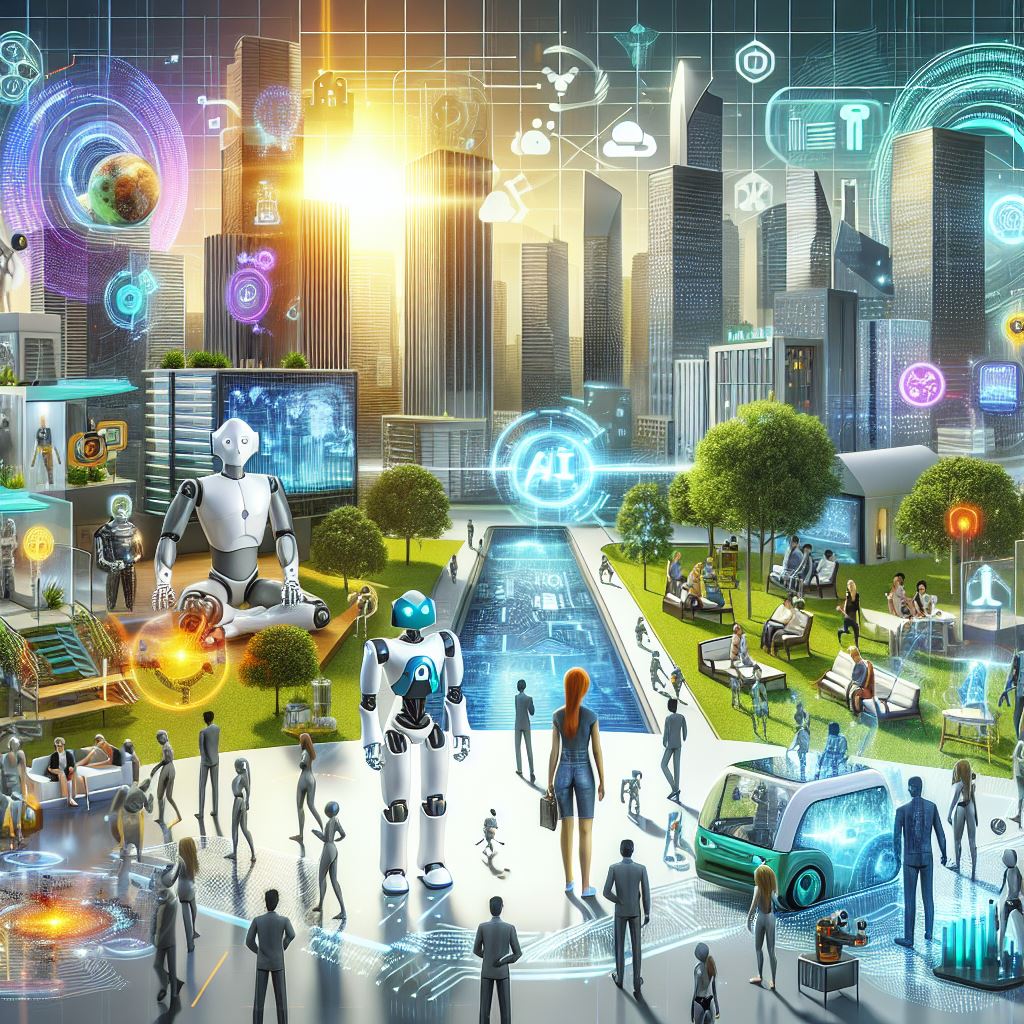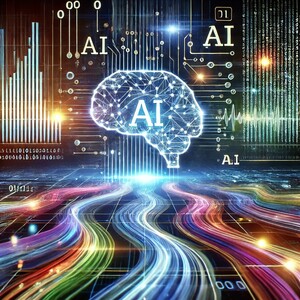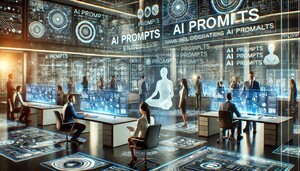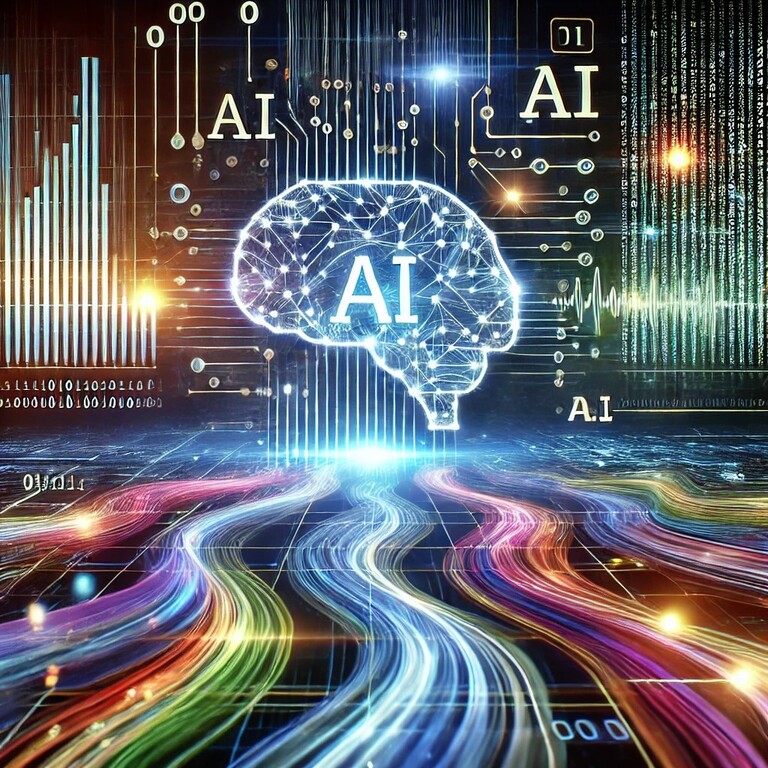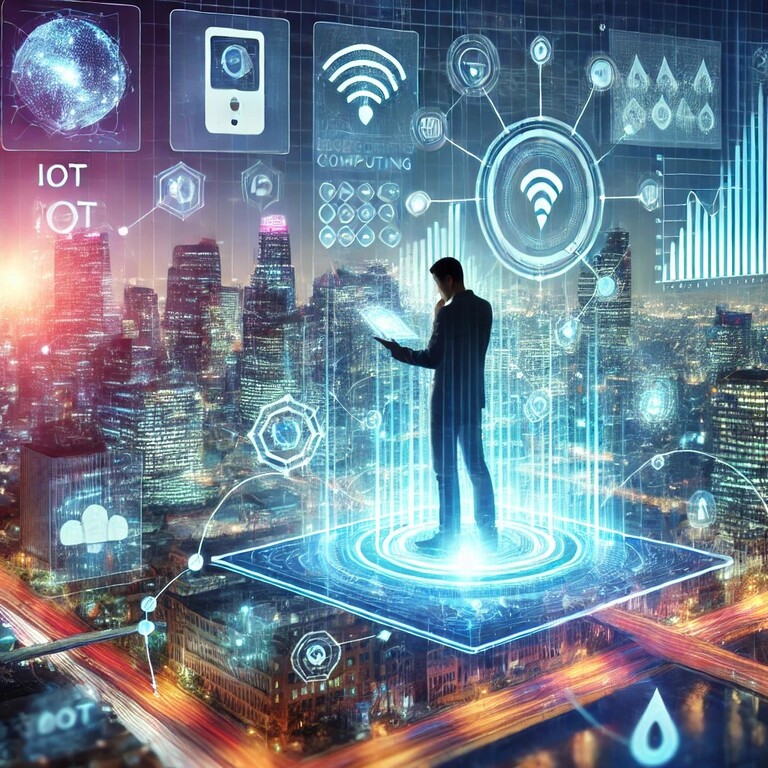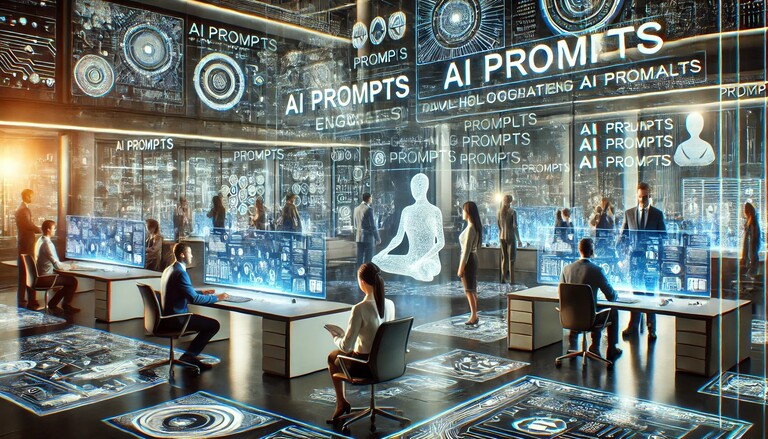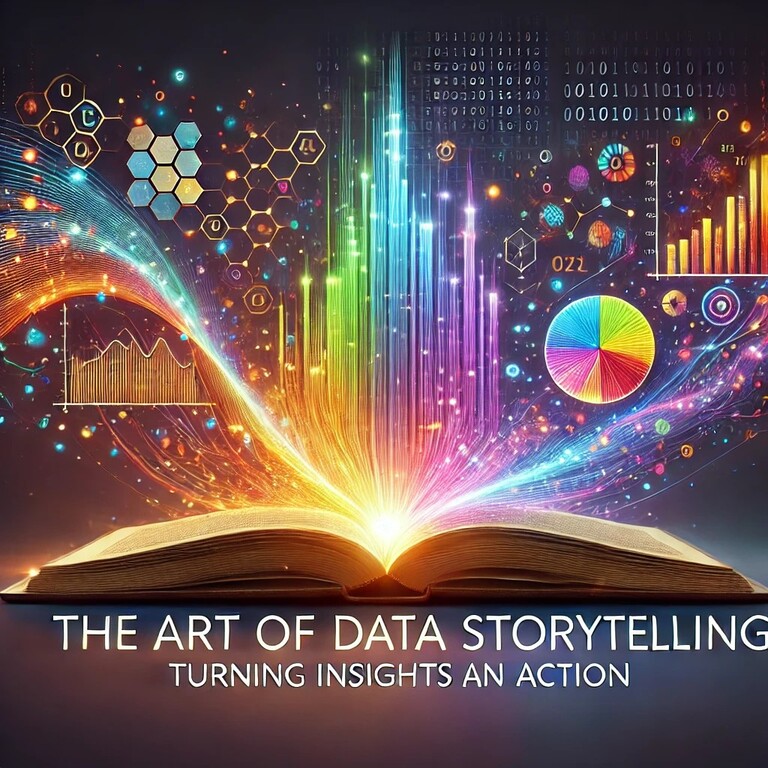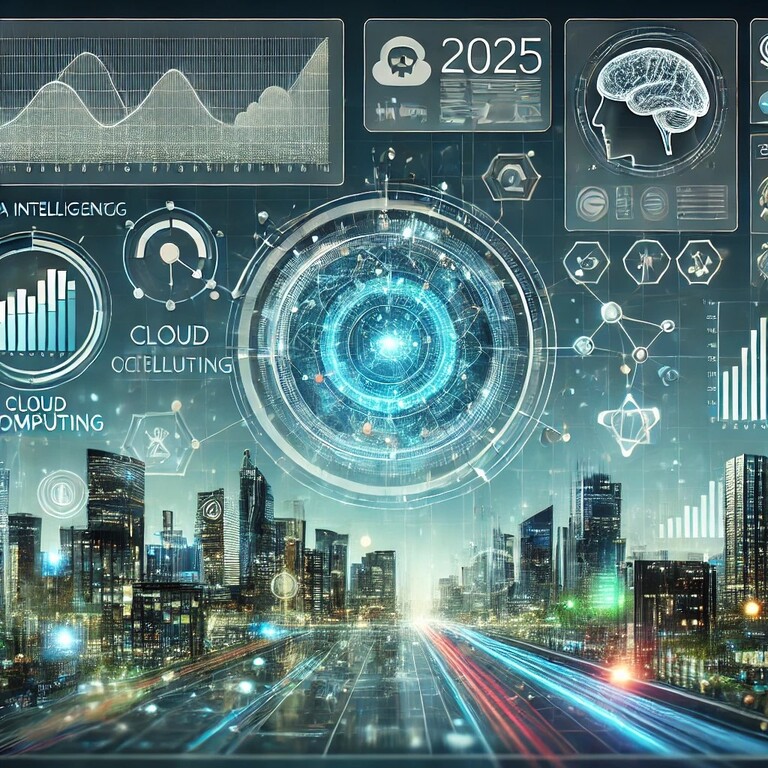Artificial Intelligence (AI) has continued to evolve at a rapid pace, reshaping industries, augmenting human capabilities, and introducing innovations that were unthinkable just a few years ago. In 2024, AI has cemented its role not only as a tool but as a transformative force that impacts sectors from healthcare to entertainment, and logistics to creative arts. This blog explores the current state of AI, highlighting key trends, emerging technologies, and the implications for the near future.
1. The Expansion of Generative AI
Generative AI has become a household term, fueled by advancements in large language models and multimodal systems. These systems are now capable of generating not just text, but images, music, code, and even video content with unprecedented quality. The launch of multimodal models capable of seamless integration between text, image, and audio input has revolutionized the creative industry, enabling artists, developers, and content creators to collaborate with AI as co-creators.
Key Developments:
- AI in Creative Arts: Generative models are being used to co-produce films, music albums, and artwork. These models can draft entire screenplays or compose symphonies that evoke human-like emotional depth.
- Code Generation: Tools powered by advanced models assist developers by suggesting code, catching errors, and even generating entire software components based on user prompts.
2. AI and Automation: Redefining the Workforce
Automation, driven by increasingly sophisticated AI, has permeated more complex aspects of various industries. While traditional automation focused on repetitive manual tasks, AI in 2024 is addressing cognitive work, from analyzing large datasets to decision-making in fields like finance and law.
Impacts on the Workforce:
- Augmentation, Not Replacement: The narrative around AI taking over jobs has shifted. Instead of replacing humans, many AI systems now focus on enhancing worker productivity. For example, customer service representatives use AI tools to handle routine inquiries, allowing them to dedicate time to more complex issues.
- New Roles: AI has also created new job categories such as AI trainers, ethicists, and algorithm auditors, ensuring that systems are fair, transparent, and aligned with human values.
3. Ethics and Regulation: The AI Oversight Era
As AI’s capabilities expand, so do concerns about bias, security, and ethical use. Governments and regulatory bodies across the globe are taking significant steps to address these challenges. The European Union, United States, and other major players have introduced comprehensive frameworks aimed at governing AI development and deployment.
Current Regulatory Trends:
- Ethical AI Guidelines: Initiatives focused on transparent algorithms and accountability have gained traction. Companies are now required to explain how their models make decisions, especially in sensitive areas like healthcare and criminal justice.
- Data Privacy: With AI’s increasing reliance on massive datasets, regulations such as GDPR have influenced how data is collected and processed, emphasizing the protection of individual rights.
4. AI in Healthcare: Beyond Diagnostics
AI’s role in healthcare has evolved from supporting diagnostics to playing an active role in treatment and patient management. The latest AI models are integrated into telehealth systems, patient monitoring tools, and even robotic surgery platforms.
Noteworthy Innovations:
- Personalized Medicine: AI algorithms analyze genetic data and medical histories to craft individualized treatment plans. This has resulted in better patient outcomes and more efficient use of medical resources.
- AI-Driven Drug Discovery: The acceleration of drug discovery has been a game-changer. AI-powered platforms predict molecular interactions and optimize compound development, significantly shortening the time needed to bring new drugs to market.
5. The Rise of Edge AI
The concept of edge computing, which brings computation closer to data sources, has combined with AI to form “Edge AI.” This technology allows devices to perform AI-related tasks locally, reducing latency and improving data privacy.
Why It Matters:
- Faster Decision-Making: In applications like autonomous vehicles, industrial robots, and IoT devices, Edge AI ensures that real-time processing is both possible and reliable.
- Data Privacy: By processing data on the device rather than transmitting it to the cloud, Edge AI helps maintain privacy and complies with stringent data protection laws.
6. AI and Sustainability: A Double-Edged Sword
The environmental impact of AI is a topic of ongoing debate. On one hand, training large AI models consumes significant energy. On the other hand, AI-driven tools help optimize resource use, minimize waste, and create solutions for sustainable development.
Sustainability in Action:
- Green AI Initiatives: Researchers and companies are investing in more energy-efficient AI models and leveraging renewable energy sources for training their algorithms.
- AI for Climate Change: AI is used in climate modeling, conservation efforts, and optimizing energy grids to help fight climate change. Machine learning algorithms analyze vast amounts of data to predict weather patterns, monitor deforestation, and enhance biodiversity protection.
7. Security Concerns: Guarding Against AI Misuse
As AI becomes more potent, the risks of misuse also grow. Cybersecurity experts are now dealing with AI-generated deepfakes, automated phishing campaigns, and the potential weaponization of AI.
Key Areas of Focus:
- AI in Cybersecurity: Defensive AI tools are being developed to counteract threats by recognizing and mitigating malicious activities. AI-powered security solutions are now essential for identifying vulnerabilities in real-time.
- Deepfake Detection: New algorithms are aimed at identifying and flagging deepfakes, an issue that has implications for political stability and public trust.
8. Interdisciplinary AI: Blurring the Lines
AI has increasingly become interdisciplinary, with its applications seen in fields as varied as archaeology, literature, and urban planning. This cross-pollination of ideas is fostering innovation in unexpected ways.
Real-World Applications:
- Smart Cities: AI systems integrate with urban infrastructure to optimize traffic flow, manage resources like water and electricity, and enhance public safety.
- Historical Research: AI models are being trained to decipher ancient texts and reconstruct lost languages, bridging the gap between technology and the humanities.
Conclusion: A Dynamic Future
The state of AI in 2024 is both thrilling and complex. The technology continues to push boundaries, promising benefits while posing challenges that demand thoughtful navigation. As AI becomes more embedded in the fabric of everyday life, understanding and managing its potential—and risks—will be crucial. The future holds the promise of even more innovative breakthroughs, and the journey will require collaboration between technologists, policymakers, and society as a whole to harness AI responsibly.

